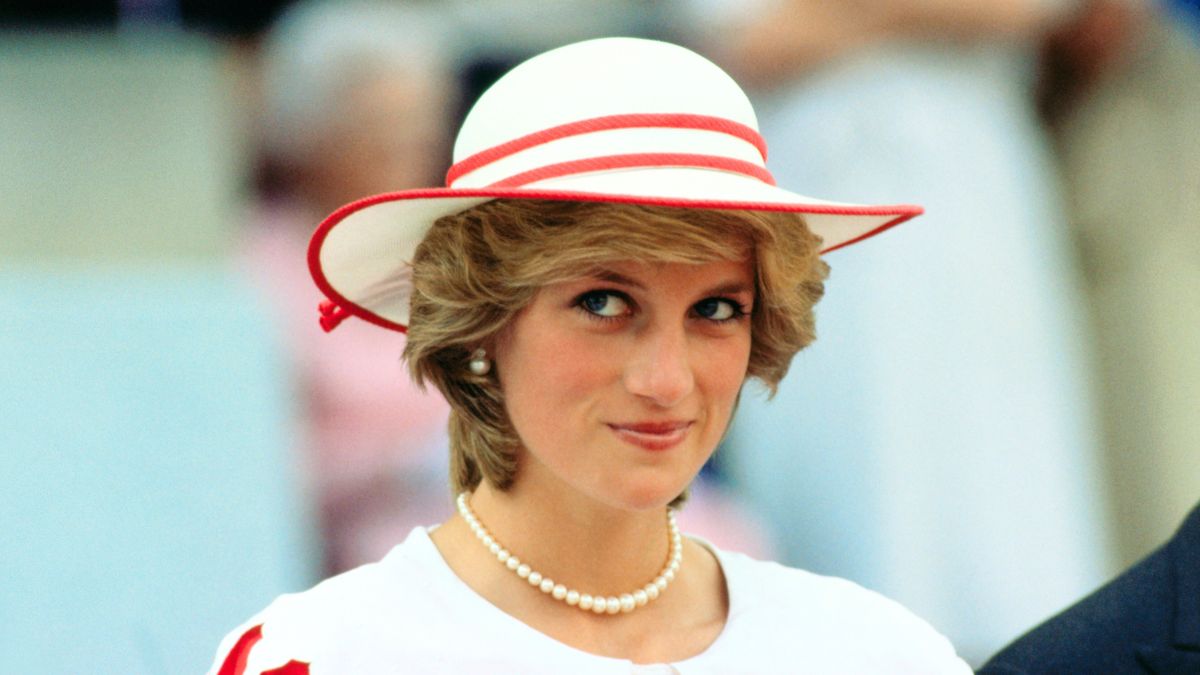Princess Diana‘s legacy is so bright that people still mourn the tragic accident that snuffed her light. Then there is this air of morbid mystery around her untimely death and the need to find the core cause that led to the tragic moment. Twenty-seven years after her passing, her former personal bodyguard has a new answer.
Diana, along with her partner Dodi Fayed and driver Henri Paul, lost their lives when their Mercedes crashed in the Pont de l’Alma underpass while attempting to evade paparazzi on Aug. 31, 1997. The incident shocked the world and led to widespread mourning for the beloved royal figure.
In the years since then, numerous theories and speculations have emerged about the factors contributing to the accident. While official investigations concluded that the crash was primarily caused by reckless driving and the pursuit of paparazzi, some continue to question whether other elements played a role in the tragedy.
Ken Wharfe, who served as Diana’s personal protection officer from 1987 to 1993, has recently shared his perspective on the events leading up to the princess’s death. His insights shed new light on the security decisions and circumstances that may have influenced the outcome of that fateful night.
What could have gone differently on the night of Princess Diana’s death?
Wharfe’s comments highlight three key factors that he believes could have prevented the tragedy if handled differently. One of the most significant points he raises is the decision regarding who was behind the wheel on the night of the accident. According to Wharfe, the outcome might have been different if Trevor Rees-Jones, Fayed’s bodyguard, had taken control of the vehicle instead of Henri Paul. “The one thing that would have saved Diana’s life that night would have been if they’d kicked out the chauffeur and for Rees-Jones to have driven,” Wharfe told The Sun. He suggests that Dodi’s dominant personality could have prevented this crucial change from occurring.
The former bodyguard also points to the attempt to “goad” the media as a potential contributing factor. On the night of the accident, Diana and Dodi had tried to divert press attention by leaving a decoy car at the front entrance of the Ritz Hotel while sneaking out the back. Wharfe argues that this tactic may have inadvertently escalated the situation and led to the absence of local police involvement.
Lastly, Wharfe questions Diana’s decision to forego her Scotland Yard security detail following her separation from Prince Charles. He suggests that had she retained this protection, as he had advised her to do, the tragic events might have unfolded differently.
Of course, it’s easy to play the “what if” game after the worst has already happened. As time goes by, the distance allows experts to weigh in the security flaws that led to the accident, but life is chaotic and unpredictable in the present. Many things could have avoided Princess Diana’s death, but discussing the past won’t change what happened.
Wharfe’s comments may inspire security personnel to act better in the future. However, when attributing blame, it’s essential to remember that Princess Diana did her best to live her life away from the spotlights and chose what she thought would be best for her on that fateful night. Regardless of what could have been done differently, the responsibility still falls with the paparazzi who pushed Princess Diana to the edge, refusing to give her the privacy she so desperately wanted.
